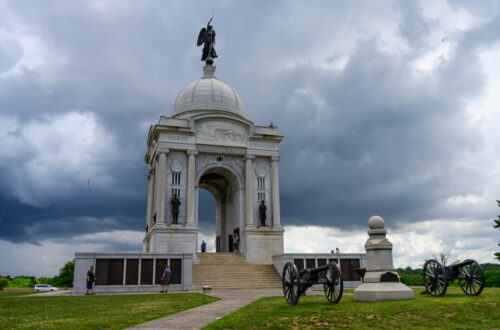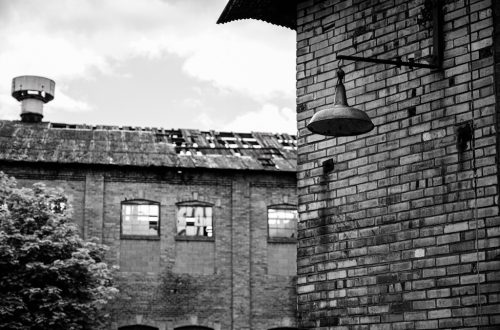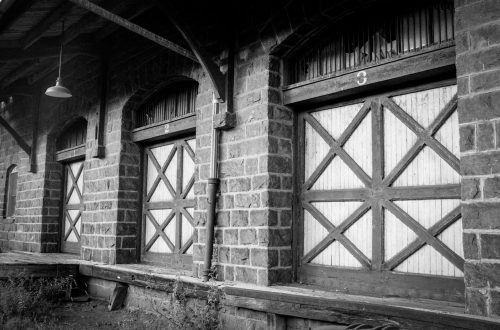Review: Adirondacks Region – Lake George and Fort Ticonderoga
I admit that I was a little bit spoiled by living in Pennsylvania my entire life. I take for granted the availability of inexpensive, non-commerical, family-friendly places to visit where I can picnic, look at some water, spend time in a clean, quiet forest, and even learn a little bit about history. I have been able to do all of these things in the many parks that surround the places where I have lived. I was able to do all of these things during the three summers that I vacationed in Northern Michigan as well. I was naive enough to expect that I would have a similar experience last week in New York State’s Adirondacks. Not so.
For instance, I was under the impression that like in Pennsylvania (and Michigan), we would be able to picnic, hike, bike ride, and swim in free public areas set aside for use by the public. I spend a lot of time riding my bicycle on free public bike trails in various parts of Pennsylvania.
However, after visiting New York State, I am under the impression that most of the wilderness there is privately-owned and that the public is not really welcome there unless they plan on spending large amounts of money. Many of the bike trials required an admission fee. The public day-use areas along Lake George required an admission fee. Almost everything we visited required an admission fee. We struggled to find areas to picnic.
On Tuesday, we drove to Lake Placid. We managed to visit the skating rinks used in the 1932 and 1980 Olympics, and somehow we were permitted to visit these rinks for free. However, every other Olympic venue in the town required an admission fee. For example, we drove up to the entrance to the Olympic bobsled track, but in order to view the actual track we would have had to spend something like $17 per ticket. The other Olympic sights required similar admission fees. We packed picnic lunches and expected that we would be able to find a picnic area somewhere at which we could sit and eat our sandwiches. We are not able to find a single public picnic area anywhere near the actual lake or its sister lake. In fact, we had to drive ten miles away from Lake Placid to find a public picnic area. (By the way, the public picnic tables that we did manage to find were not even marked by any road signs or any maps that we had with us. My in-laws spotted it when we stopped along the side of the road to take pictures of the scenery.) We did see some spectacular views driving to and from Lake Placid, but I felt that the actual town of Lake Placid was a disappointment. They certainly made it clear that visitors were not welcome unless they planned on spending large amounts of money on admission fees.
I will admit that Lake George is gorgeous, and I did enjoy canoeing in it. However, I feel that the area surrounding the lake was too commercial for my tastes. One of the main attractions of this town is the Fort William Henry museum, the sight of the French and Indian War battle that inspired James Fenimore Cooper’s novel “The Last of the Mohicans.” I did not visit the fort itself because I was turned off by all of the tourist traps surrounding it.
I consider our visit to Fort Ticonderoga to be one of the highlights of the trip. I was impressed by the facility, as well as by the staff who worked there. There was enough going on at the fort to keep me occupied for the better part of a day. While there, I went on two guided walking tours, saw an artillery demonstration, watched a marching band play Revolutionary War music, spoke with a historical interpreter about the lifestyle of a soldier of that era, viewed the war artifacts on display in the fort’s museum, and then surveyed the King’s Garden that lay right outside the perimeter of the fort’s stone walls. I do consider this experience to have been well worth the admission fee. The official website for the fort is here: Fort Ticonderoga.
The restoration of the fort began in 1908 by Joseph Pell, who funded the project with his own money. Prior to that time, much of the stone from the fort had been carted off by the locals for use in building their own houses.


